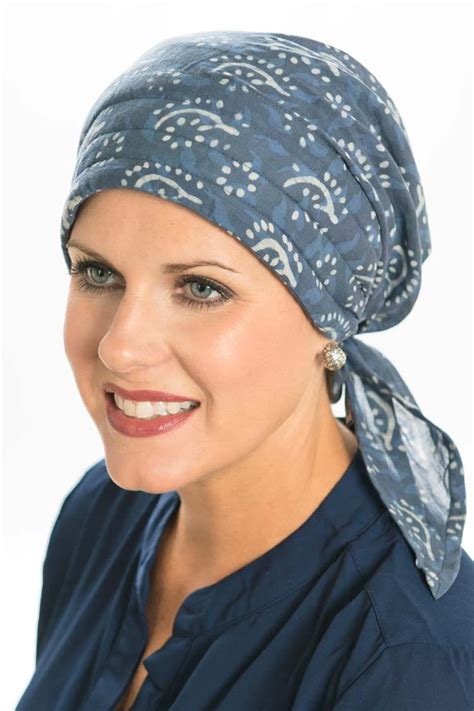Losing hair during cancer treatment is a common side effect that can be both physically and emotionally challenging. However, with the right wig, you can regain your confidence and feel beautiful again.

Choosing the Right Wig
The first step in choosing a wig is to determine your head shape and size. You can do this by measuring the circumference of your head and comparing it to the size chart of the wig you are considering.
Once you have determined your head shape and size, you can start shopping for wigs. There are many different types of wigs available, so it is important to take your time and find one that you feel comfortable in.
Here are a few things to consider when choosing a wig:
- Material: Wigs are made from a variety of materials, including synthetic hair, human hair, and a blend of both. Synthetic hair is less expensive than human hair, but it can be more difficult to style and may not last as long. Human hair is more expensive, but it is more natural-looking and can be styled more easily.
- Color: When choosing a wig color, it is important to consider your skin tone and hair color. You want to choose a color that will complement your skin tone and hair color, and that will make you feel confident.
- Style: There are many different styles of wigs available, so you can find one that matches your personal style. If you have short hair, you may want to choose a short wig. If you have long hair, you may want to choose a long wig. You can also find wigs in a variety of colors, so you can find one that matches your hair color or that you can experiment with a new color.
Caring for Your Wig
Once you have chosen a wig, it is important to care for it properly so that it will last for as long as possible. Here are a few tips for wig care:
- Wash your wig regularly. You should wash your wig about once a week, or more often if you wear it every day. Use a mild shampoo and conditioner designed for wigs, and be sure to rinse the wig thoroughly.
- Brush your wig gently. When brushing your wig, be sure to use a soft brush and brush in the direction of the hair growth. Avoid brushing your wig too often, as this can damage the hair.
- Store your wig properly. When you are not wearing your wig, be sure to store it in a cool, dry place. Do not store your wig in a plastic bag, as this can cause the hair to become dry and brittle.
Benefits of Wearing a Wig
There are many benefits to wearing a wig, including:
- Confidence: A wig can give you the confidence you need to face the world head-on. When you feel good about the way you look, you can focus on your treatment and recovery.
- Comfort: A wig can be a comfortable way to cover up hair loss. Wigs are made from a variety of materials, so you can find one that is soft and comfortable to wear.
- Style: A wig can help you to achieve the look you want. You can find wigs in a variety of colors, styles, and lengths, so you can find one that matches your personal style.
Common Mistakes to Avoid
When choosing and wearing a wig, there are a few common mistakes to avoid:
- Choosing a wig that is too heavy or too tight. A heavy or tight wig can be uncomfortable to wear and can cause headaches.
- Not washing your wig regularly. A dirty wig can be a breeding ground for bacteria and can cause scalp irritation.
- Brushing your wig too often. Brushing your wig too often can damage the hair.
- Storing your wig in a plastic bag. A plastic bag can cause the hair to become dry and brittle.
Conclusion
Wearing a wig can be a great way to regain your confidence and feel beautiful again during cancer treatment. By following these tips, you can choose and care for your wig so that it will last for as long as possible.
